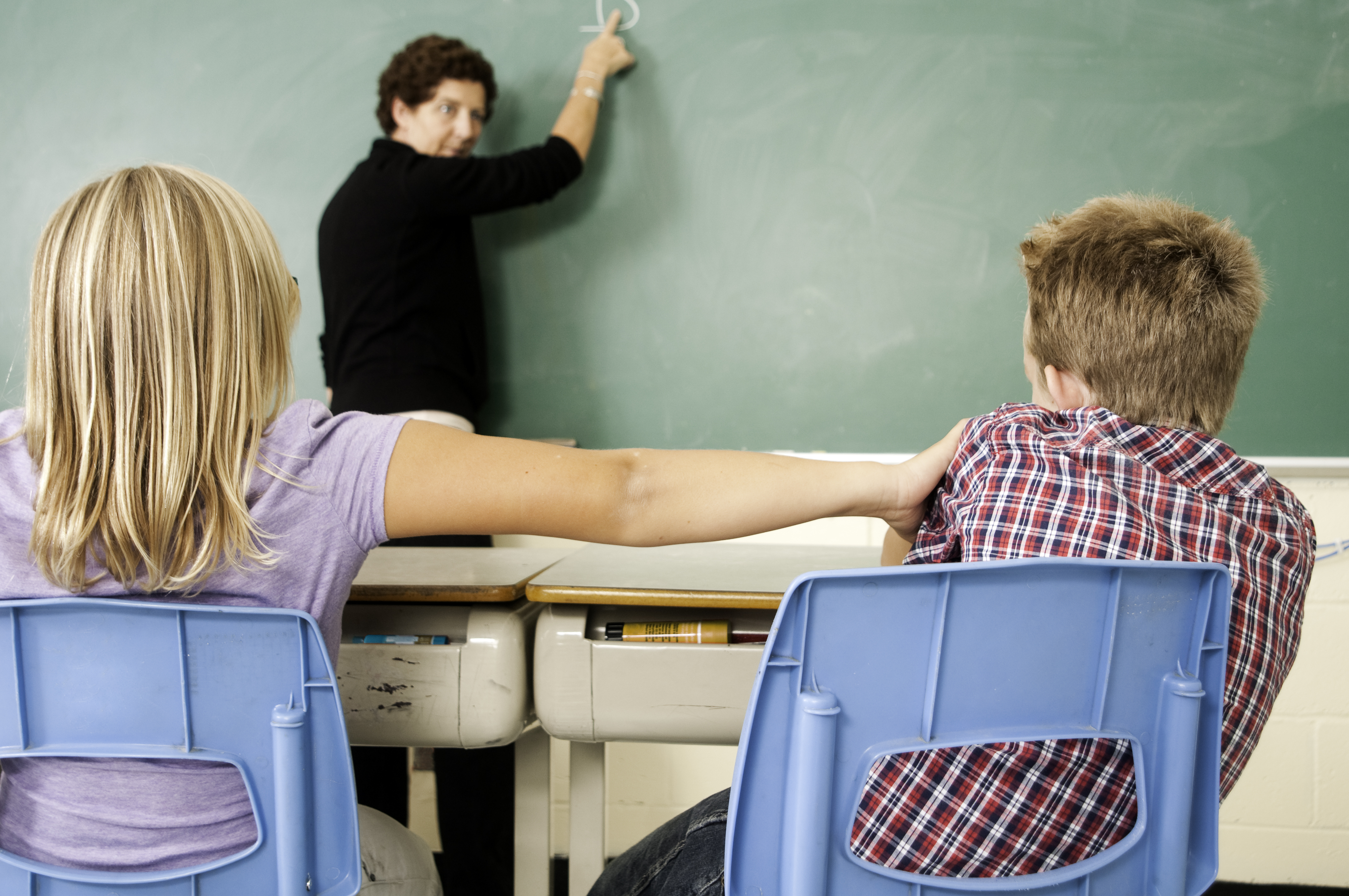Everyone in the school is responsible for preventing bullying.

According to a Norwegian pupils survey, between 30,000 and 40,000 children and youth experience bullying both physically and digitally, and research shows that bullying has serious consequences. We also know that distinct attitudes and actions stop bullying.
Whether you are a school owner, educational counselor, a cleaner at the school, in the administration, a nurse, an assistant in class, a fellow student and spectator, a parent, and not least a principal and teacher, you are responsible for pupils learning. EVERYONE in school makes a difference.
Each individual must know what he or she can do, if he or she sees pupils being repeatedly harassed. It is useful to know what the definition of bullying is and what to do if it turns out that the offenses you observe is bullying.
How pupils experience school, is essential to their learning. A pupils subjective experiences must be taken seriously and investigated. It is the pupils and parents right to be heard.
On these pages on our website, you will find information about bullying in school, and on what you in your role, can do to prevent, detect and stop bullying.
What can teachers do to prevent, detect and stop bullying in school?
As a teacher you should be able to prevent, detect and stop bullying.

A good atmosphere in the classroom counters bullying to some extent. This applies to both the social environment - relationships and social norms - and the part of the environment that particularly relates to learning.
It is important to note that the quality of the learning environment only explains a moderate part of the differences between schools and classes when it comes to the extent of bullying. A good learning environment is of course widely important but not sufficient to prevent bullying.
Prevention aimed at bullying
Bullying can be prevented by addressing the issue directly. There are a number of methods such as role-play, using literature, pupils’ written work, and interviews with individual pupils, groups and classes. Combinations of these methods may be appropriate, i.e. first read a text, secondly give students the task of writing and then talk in class.
Appropriate methods are aimed at enhancing the individual pupil's ability to understand that bullying is "wrong", and the formation of standards in its class. Presumably, social control is the most important factor; that pupils know what the teacher stands for and what the norms in the class are.
Measures to detect bullying
An effective routine to uncover bullying is to ask each student in the class to answer a non - anonymous questionnaire on bullying. The survey should include questions about both traditional and digital bullying. In this way, the teacher can get a good overview of the social patterns in class and can immediately intervene to stop behavior that offends. The form must be followed up by individual conversations. Collectively, the questionnaire and the conversations with students provide a good basis to intervene. The study is recommended from third class.
Our centre has developed some tools to detect bullying:
- Insight – a social-analytical tool to prevent and detect hidden bullying (only in Norwegian)
- Spekter - a short non-anonymous questionnaire to unveil bullying
Eight steps to stop bullying - step by step
It is important to keep detection and intervention clearly apart so that the problem solver does not end up in a bargaining position.
In short, the measure may be:
- Start with two to three caring conversations with the child being bullied. The individual suffering harassment has an obvious claim to be involved and to be taken care of from the start.
- Call the parents of the child being harassed.
- Bring the case up with the person doing the harassment. The bully should be confronted with the case and informed to stop immediately. Do not be lured into discussions or negotiations with the bully. Inform the bully that his/her parents will be notified the same day. If there is more than one bully, talk to one at a time, in rapid succession.
- Summon the bullies – directly after the individual conversations - to review the matter with everyone gathered. In short: split, then collect, and consolidate. Make an appointment for a new meeting to follow up and control.
- When the case is under control, it may be appropriate to collect the involved students, both victim and bullies, for a conciliatory conversation. However, whether this is appropriate or not, must be assessed for each case. In addition, the guardians of the students may be drawn into such conversations.
- Have regular conversations over a period with the child being bullied. After a long period of insecurity, a victim of bullying needs to feel that the world is a safe place to be.
- Have regular conversations with the pupils bullying. Individuals, who have experienced gains by holding someone down, need to experience that positive acts, give a larger gain.
- Work according to the principle: Catch the kids at doing something good!
Parents' contribution to reducing bullying among children and adults
Good social skills in children can prevent problem behavior in children and adolescents, including bullying. When children have good social skills, they can put themselves in other children's situations.

Socially competent children manage to make friends and keep friends. These children also manage to solve conflicts they are a part of. They see the consequences of their actions and they take more easily take responsibility for their own contributions to conflicts.
These children have a "social toolkit” they can use when they are with other children.
The home is an important place for children to learn social skills. You as parents are important role models for your children. The development of social skills starts early and developes over time in close interaction with you as parents and other children.
When you, as parents, speak positively about others, you help your child to develop good social skills. When your child comes home and tells about Klara who wasn’t aloud to jump rope with Kari and Bente in a recess, this could be a golden opportunity to talk with your child about what is happening: What do you think happened? How do you think Klara experienced being excluded? Why do you think Kari and Bente did it? What can you do next time you see a pupil being excluded from a game?
When you are thinking aloud about such situations, it is easier for your child reflect upon how it is to be put off, to not have friends and to be a little different. These reflections that you and your child do together, can help your child to intervene next time and support Klara or someone else in a difficult situation.
As parents, you can therefore make a positive contribution to reducing bullying by being good role models for your children and to talk with their child about what happens in their daily lives.
What can you do as a parent?
It hurts to hear that your child is being bullied or bully others. The school is obliged to have plans for dealing with bullying. Please contact the school.

When bullied, your child needs you, and it is important that you keep your heart warm and head cold.
- Your child or adolescent needs to know that you understand and provide support
- Contact the school
- Let the school take care of investigations and measures
- You can complain to the county governor if the school does not do enough
When you're told that your child bothers another, it hurts.
- Do not dismiss the person who tells you about it
- Talk quietly and seriously with your child
- Cooperate with the school
- Collaborate with the guardians of the person being bullied
"It takes a village to raise a child"
- Talk lovingly to your child about the others in the class and in the street
- Ask your children to be aware and to contribute to helping others in class and in their street feel that they belong.
- Ask your child to tell at home and at school if anyone is being bullied.
- Collaborate with the other guardians
- Cooperate with school
Text: Professor Erling Roland
